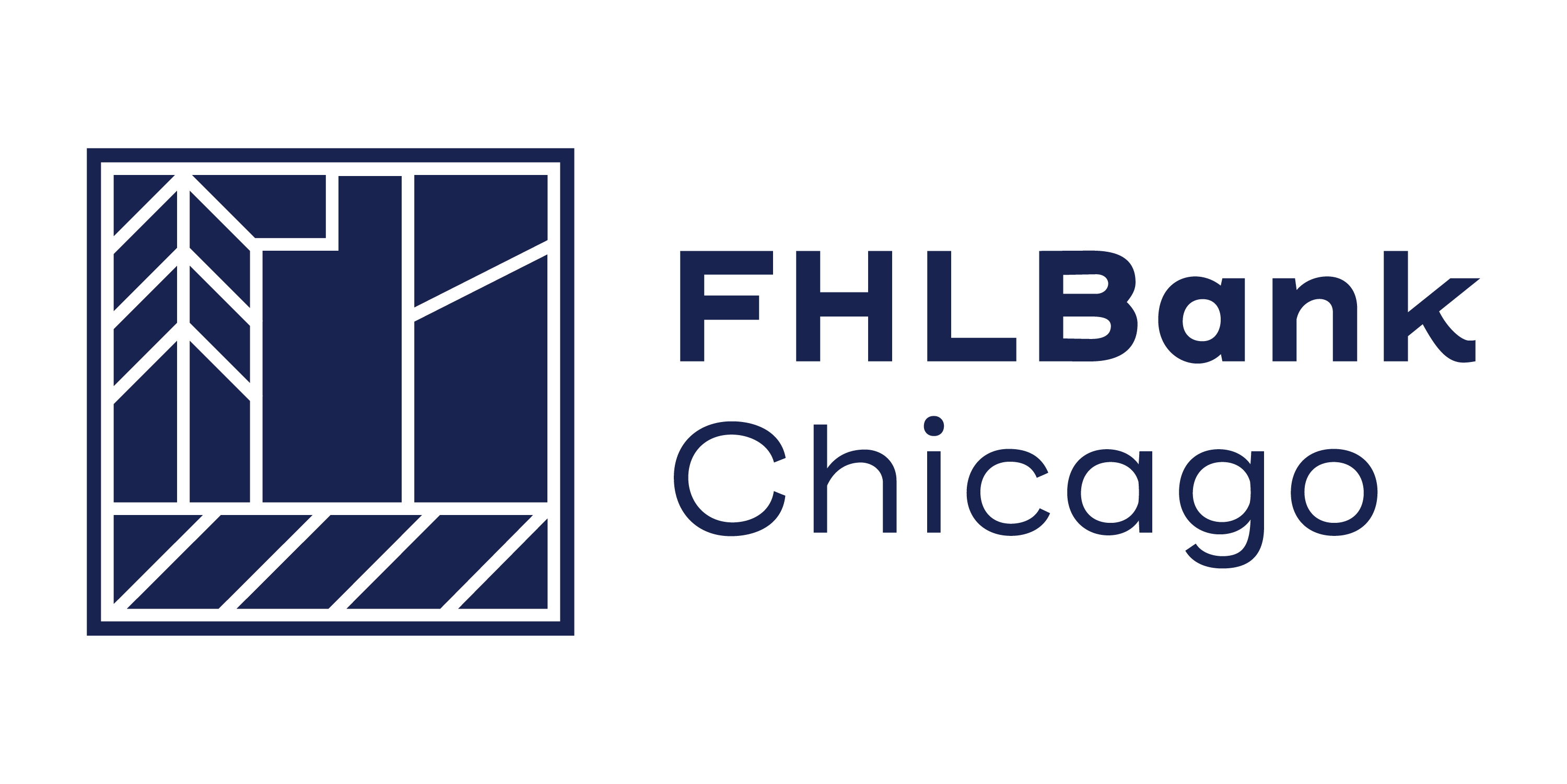What Is This Late Default Reporting Fee, and How Can I Avoid It?
Introduction
Have you received an email titled “DO NOT REPLY - Missing or Incomplete Exhibit B File – Late Default Reporting Charges?” Have you seen a $100 to $500 fee to your institution’s daily investment deposit (DID) account and weren’t sure of the cause?
Late default reporting Fees are assessed to participating financial institutions (PFIs) and servicers who fail to upload a complete and accurate Exhibit B on time. In this white paper, we review the default reporting requirements, explain the late default reporting fee, and offer some common causes of the late default reporting fee and their corresponding remedies.
Default Reporting Requirements
The Delinquent Mortgage and Bankruptcy Status Report (Exhibit B) is a monthly report that must contain the status of all mortgage loans that are 30 days or more delinquent as of the last day of the preceding month and must include all borrowers who have filed bankruptcy (regardless of the loan status). If a payment is not made in the month in which it is due, the mortgage loan is considered delinquent and must be included on the Delinquent Mortgage and Bankruptcy Status Report (Exhibit B) as if it was 30 days or more delinquent, even if the month has less than 30 days. For example, loans reported in investor reporting as delinquent in February (which has 28 or 29 days) must still be included on the corresponding Exhibit B.
For more information about the Exhibit B, please refer to the Exhibit B Reference Guide or our on-demand webinar.
Failure to upload a complete and accurate Exhibit B on time always results in the assessment of a late default reporting fee. Below are the default reporting deadlines based on the Mortgage Partnership Finance® (MPF®) product of the loan(s) in default:
| MPF Product | Latest Reporting Date |
|---|---|
| Government MBS | First Business Day of the Month |
| Xtra | Second Business Day of the Month |
| Traditional | Fifth Business Day of the Month |
Please note that the table above reflects business days. If the latest reporting date would fall on a weekend or holiday, then the actual latest reporting date is the next business day.
Common Causes of Late Default Reporting Fee
It is not uncommon for PFIs or servicers to encounter a late default reporting fee following recent borrower default, changes in staffing, or system changes. Below are the most common causes of a late default reporting fee, and how to remedy them:
Late upload
For MPF Xtra® product loans in default, the Exhibit B must be uploaded by the second business day of the month. For MPF Traditional product loans in default, the Exhibit B must be uploaded by the fifth business day of the month. For MPF Government mortgage-backed securities (MBS) product loans in default, the Exhibit B must be uploaded by the first business day of each month. Uploading the Exhibit B late will always result in a Late Default Reporting Fee.
- Example: PFI reports MPF Xtra loan #333 as in default on the investor reporting. They upload the corresponding Exhibit B on the fifth business day of the month and incur a late default reporting fee, as the Exhibit B was to be uploaded no later than the second business day of the month.
The uploaded Exhibit B file was rejected by eMAQCS®plus
If the uploaded file is rejected by eMAQCS®plus and the errors within the file are not remedied with a corrected upload, no Exhibit B has been considered to be uploaded, and the PFI or servicer will be subject to a late default reporting fee. Common causes of rejected upload include:
- Incorrect file format. The Exhibit B must be submitted using the format in the Exhibit B Excel template
- Incorrect MPF loan number reported in the “LOAN_NBR” field
- Required fields left blank
- Incorrect data types for responses
- Invalid responses
(Please refer to the “Validation Errors” list in the “Data Uploads Result” screen if eMAQCS®plus rejects an Exhibit B in order to rectify the situation.)
- Example: PFI uploads the Exhibit B, which is rejected by eMAQCS®plus. They do not upload a corrected file and incur a late default reporting fee, as it is considered that no Exhibit B was uploaded.
Errors in investor reporting
If a loan was incorrectly flagged as being in bankruptcy proceedings, or given an inaccurate paid-through date reflecting delinquency, it would be expected on the corresponding Exhibit B. The investor reporting must be corrected, and once the loan is corrected it is no longer expected on the Exhibit B.
- Example: PFI accidentally reports loan #333 as having a paid through date of 1/1/1900, which would indicate the loan is delinquent. They do not include loan #333 on the corresponding Exhibit B. Despite the loan not actually being delinquent, they are still assessed a late default reporting fee.
Confusing the most current data with the loan data as of the date of investor reporting
A previously delinquent loan may now be current if payments were made, but the Exhibit B should reflect the status of loans as they were reported in the investor reporting, not as of the day of submitting the Exhibit B. If a loan is reported delinquent in the investor reporting, it should always be included in the corresponding Exhibit B. For more information about investor reporting deadlines, please refer to Exhibits A and A-X: Investor Reporting Calendars.
- Example: At the time of investor reporting, loan #333 was delinquent and was reported as such. However, by the time PFI prepares the corresponding Exhibit B, the borrower has made a payment and the loan is now current. PFI excludes loan #333 from the Exhibit B and incurs a late default reporting fee, because the Exhibit B does not match the investor reporting.
Failing to include on the Exhibit B loans, which did not have payments made in the month that they were due, for months that are less than 30 days
Loans reported in investor reporting as delinquent in February (which has 28 or 29 days) must still be included on the corresponding Exhibit B.
- Example: Borrower missed a payment for the first time in February, meaning the loan is 28- or 29-days delinquent. PFI does not include the loan on the Exhibit B and incurs a late default reporting fee, as loans reported delinquent on investor reporting must still be included on the Exhibit B for months less than 30 days.
Typographical or transposition errors
Entering a loan number incorrectly on the Exhibit B will result in the assessment of a late default reporting fee, as the uploaded Exhibit B was inaccurate and incomplete.
- Example: PFI reports loan #123 as delinquent on investor reporting. On the corresponding Exhibit B, they accidentally enter the loan number as “132.” They incur a Late Default Reporting Fee, as the information in the default reporting was inaccurate.
Structure of the Late Default Reporting Fee
Per 2.13.3 of the MPF Traditional Servicing Guide, 2.13.3 of the MPF Government MBS Servicing Guide, and 2.14.4 of the MPF Xtra Servicing Guide, the late fees are assessed using an escalating scale that is based on the number of late and/or incomplete reports or transmissions in the most recent consecutive 12 month period:
- $100 for the first occurrence of a late and/or incomplete report or transmission;
- $250 for the second occurrence of a late and/or incomplete report or transmission;
- $500 for the third and all subsequent occurrences of a late and/or incomplete report or transmission during the remainder of the consecutive 12 month period beginning with the first occurrence.
To Learn More
If you have any questions about the Delinquent Mortgage and Bankruptcy Status Report (Exhibit B), or if you have been assessed a late default reporting fee and are unsure of the reason, please contact mpfsales@fhlbc.com and mpfdefaultservicing@fhlbc.com.
Download the PDF of this white paper.
Contributors
 |
| |

